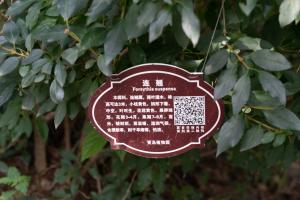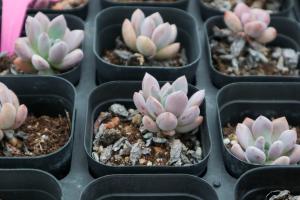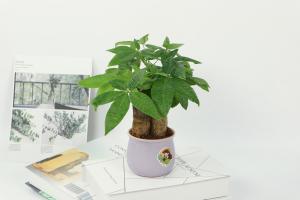1、 Red Ruimu:
Redwood is a kind of shrub, which is a unique observation plant. As the name suggests, the trunk of red Ruimu is red all year round, and its shape is very pleasing to the eye. They are mainly distributed in North China and Northeast China. They are most suitable for wet and well lit places. They can stand the severe cold and drought in winter. After falling leaves in winter, its trunk is dark red, and its branches look like coral. It is highly ornamental. It can be used in gardens and planted at intervals with evergreen trees, with better ornamental effect

2、 Pinus bungeana:
Pinus bungeana is an endemic tree species in China, which is mainly distributed in Northwest China. Pinus bungeana likes sufficient light and can withstand colder and drier climates, but it is afraid of high temperature and humid environment and cannot grow in places with serious ponding. Pinus bungeana has beautiful posture, obvious trunk and gray-green young tree skin. When it grows up, the bark will fall off irregularly and gradually, exposing light yellow green new skin. The old tree skin is white gray, and then it will fall off irregularly in flakes. After all of it falls off, the endothelium will be exposed. At this time, it is white and brown, forming a patchy scale. It is suitable for planting in front of the courtyard nave or on the side of the pavilion. It is a very good traditional tree species for historical garden construction. Many friends in the North should have seen it
3、 Qingtong:
They belong to deciduous trees and are widely distributed in all provinces of China. Paulownia likes light, is resistant to cold, drought and barren soil, but is afraid of water stains and strong winds. Paulownia has strong roots, fast growth speed, tall trunk, smooth bark and green color. After the leaves fall off in winter, the tall, tall and green trunk. They are highly ornamental and deeply loved by people

4、 Di Tang:
This is a deciduous shrub, mainly distributed in South and North China. Di Tang has low requirements for soil and prefers warm climate, but it is not resistant to cold and drought. Di Tang is generally used as greening material for garden shade. It is often planted into flower bushes and flower hedges. The flower branches are more bright against the dark background

 jackfruit
jackfruit snake plant
snake plant hibiscus
hibiscus hydrangea
hydrangea lavender
lavender Green roses climb al...
Green roses climb al... If you don't pay att...
If you don't pay att... Management of four g...
Management of four g...


































